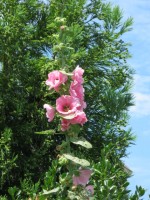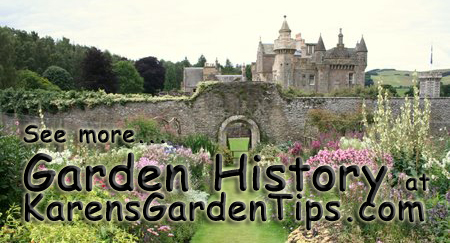 With the recent interest in heirloom plants many books, catalogs, and on line sources of plants are using the term so a clear definition of heirloom plant would be a very good thing. Unfortunately, different people mean different things when they use the term so an heirloom to one person is not an heirloom to another. In general, there is more consensus on the term as applied to vegetables (see my post on the characteristics of heirloom vegetables). The term does not seem to be commonly used for trees and shrubs but is applied to perennials, annuals, and bulbs so that’s the focus of this post.
With the recent interest in heirloom plants many books, catalogs, and on line sources of plants are using the term so a clear definition of heirloom plant would be a very good thing. Unfortunately, different people mean different things when they use the term so an heirloom to one person is not an heirloom to another. In general, there is more consensus on the term as applied to vegetables (see my post on the characteristics of heirloom vegetables). The term does not seem to be commonly used for trees and shrubs but is applied to perennials, annuals, and bulbs so that’s the focus of this post.
Here are two characteristics that most sources agree on:
1. Age: Heirloom plants have been grown in other times and have a history. For some the history is thousands of years, for others only a few generations; the exact number of years a plant has to have been grown is not specified. The important factor is that they give us a connection with the past. Often these plants were handed down from generation to generation, just like heirloom lace or bibles.
2. Open Pollination: Plants that are pollinated by natural means such as insects, wind, and birds are said to be open pollinated. Their seeds can be collected and planted, and will produce new plants, similar but probably not identical, to the parents. Since the pollination is not controlled, the variety of traits shown by new plants may be great.
There are many reasons to grow heirloom plants in the garden; connecting with the past, protecting the gene pool, investigating organic gardening, or trying something new. Many heirloom plants are tough, and easy to grow but some have been “improved’ by breeding for better disease resistance, so don’t jump to conclusions. In general, their colors may be less bright and their form may be smaller and less showy than recent hybrid introductions but for many gardeners, the look of an heirloom plant is just what they are looking for.
